Literacy
Opportunity
& Our Approach
Literacy Opportunity
the cycle of literacy challenges
45 million adults in the United States are functionally illiterate.
Nationwide, one in five students have a language-based learning difference, meaning they have difficulty understanding and using spoken and written language—dyslexia being the most well-known language-based learning difference.
Most teachers are not equipped to address the needs of students who need structured literacy instruction—especially beyond the 4th grade. Traditional methods of teaching literacy do not work for these students and, without intervention, they are left to fall farther and farther behind.
Decode Project’s impact on literacy challenges
Students with early literacy interventions are four times more likely to graduate from high school. A high school diploma leads to increased academic and career prospects, greater earning potential, positive overall health incomes, and increased participation in civic engagement enabling them to contribute to their communities in meaningful ways, raise readers themselves, and live longer healthier lives.
The structured literacy interventions Decode Project uses are designed for students with learning differences but they work for everyone! Our literacy interventions are multi-sensory, evidence-based, scientifically proven, and tailored to each student.
“Not everything that is faced can be changed.
But nothing can be changed until it is faced.”
james baldwin
Our Approach
Reading requires the ability to “decode” abstract symbols and synthesize the information resulting in a word that has meaning. It requires real-time coordination of visual and auditory processing, phonemic awareness, fluency, skill, and comprehension. Despite popular belief, we do not learn to read through exposure to written words alone.
Explicit
Involves direct teaching of language concepts.
Systematic and Cumulative
Follows a logical order & progresses methodically.
Multi-sensory
Engages multiple senses in the learning process.
This is the science of reading.
Balanced Literacy vs. Structured Literacy
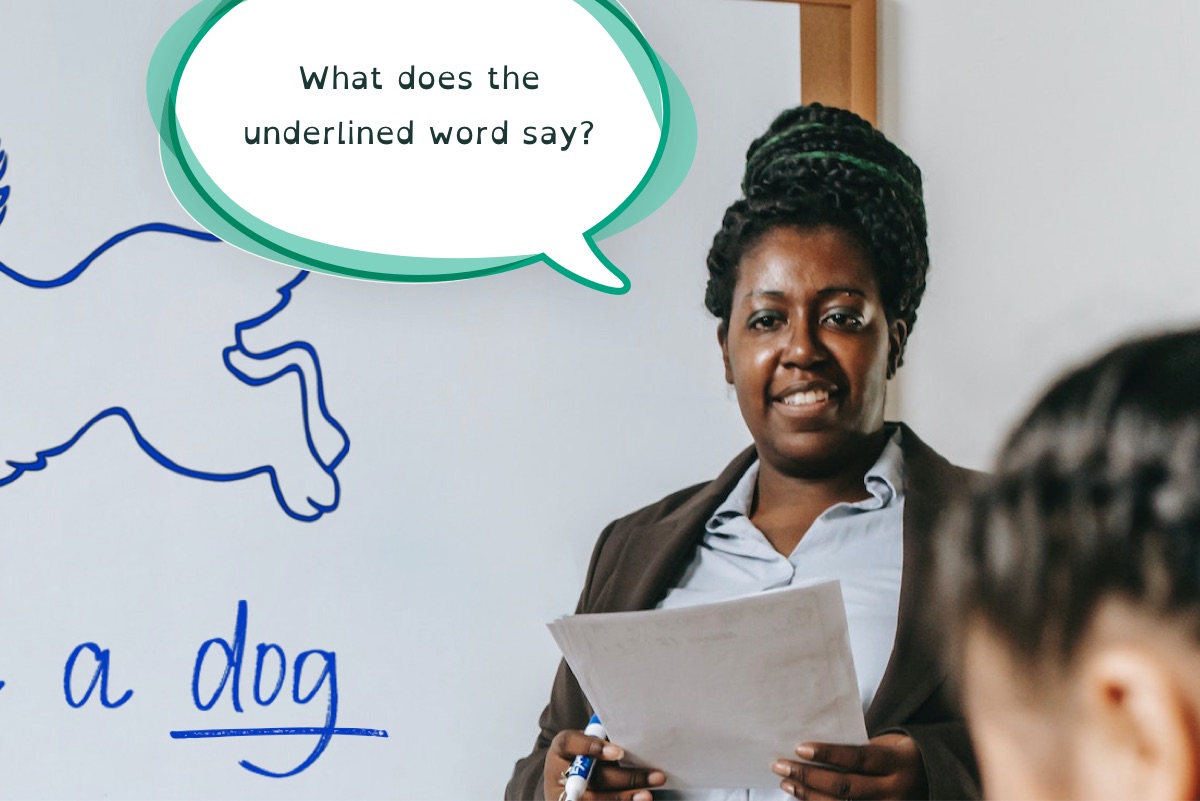
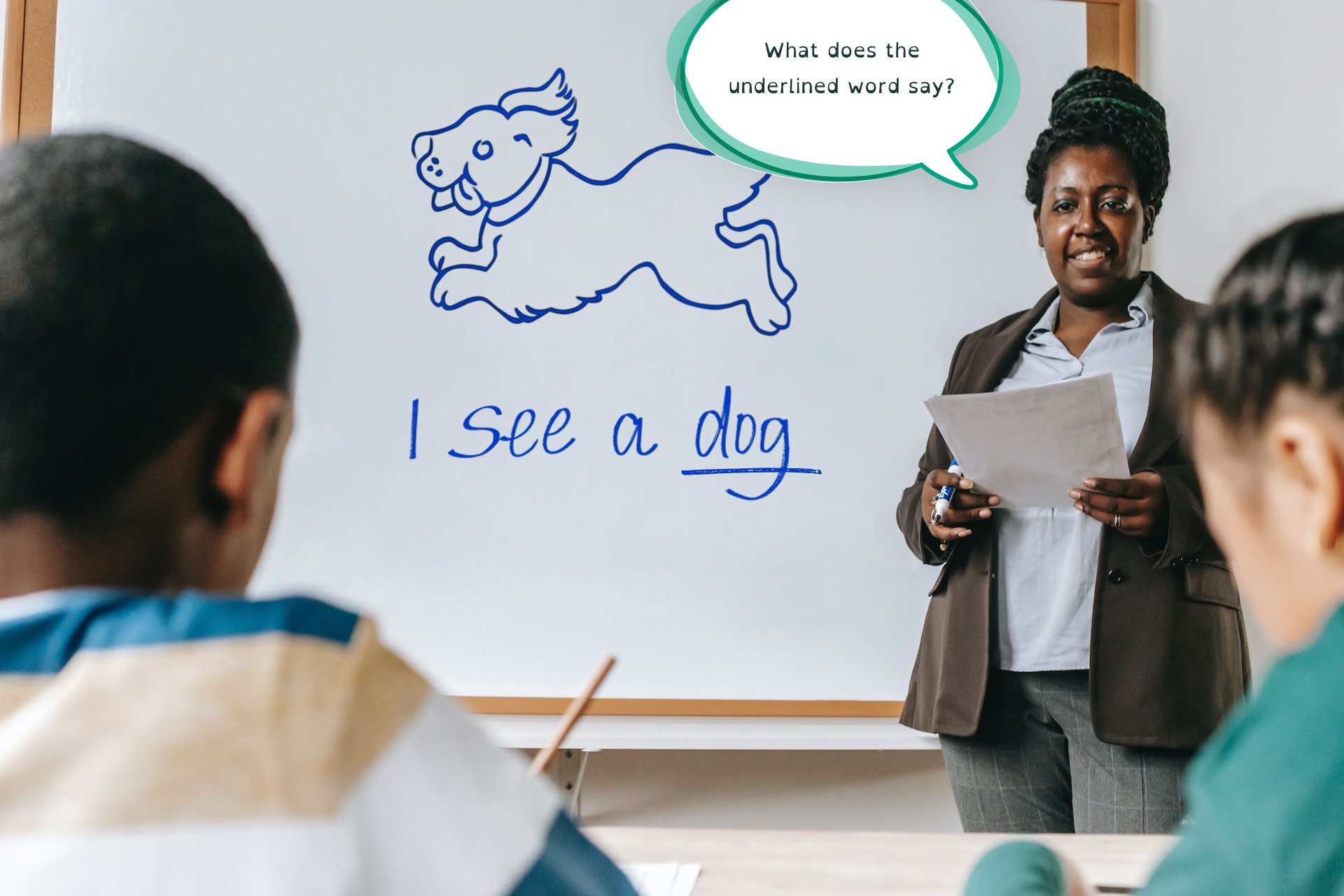
Balanced Literacy Learner
Balanced Literacy is based on a 3 Cueing System. Students are prompted to identify a word by asking, "Does it make sense?", "Does it sound right?", and “Does it look right?"
A student attempting to read the word “dog” using Balanced Literacy could approach this sentence with the 3 cueing system and get the word correct. However, they could also come up with the word “puppy”. Puppy makes sense, sounds right in the sentence, and looks accurate based on the illustration, but is not the correct word.

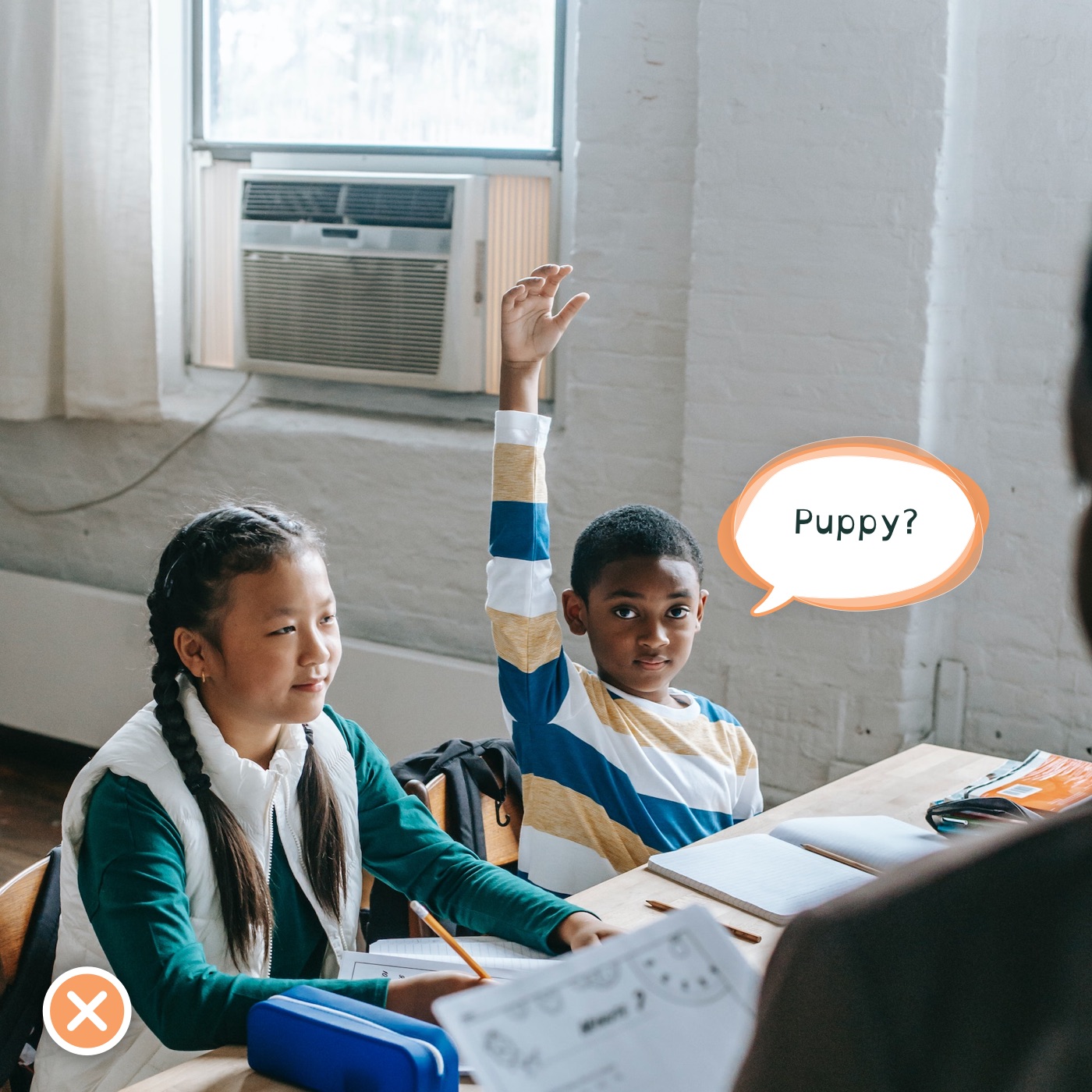
Structured Literacy Learner
Structured Literacy learners have had clear and direct teaching on the sound each letter makes. They approach this word phonemically—by sounding out individual letter sounds and then blending them together to make a word.
When encountering unfamiliar words or words without illustrations, students taught to read using Structured Literacy have the foundational literacy skills necessary to decode them.
Structured Literacy is required for kids with learning differences like dyslexia to rewire neural pathways to become proficient readers. But all kids benefit from it.
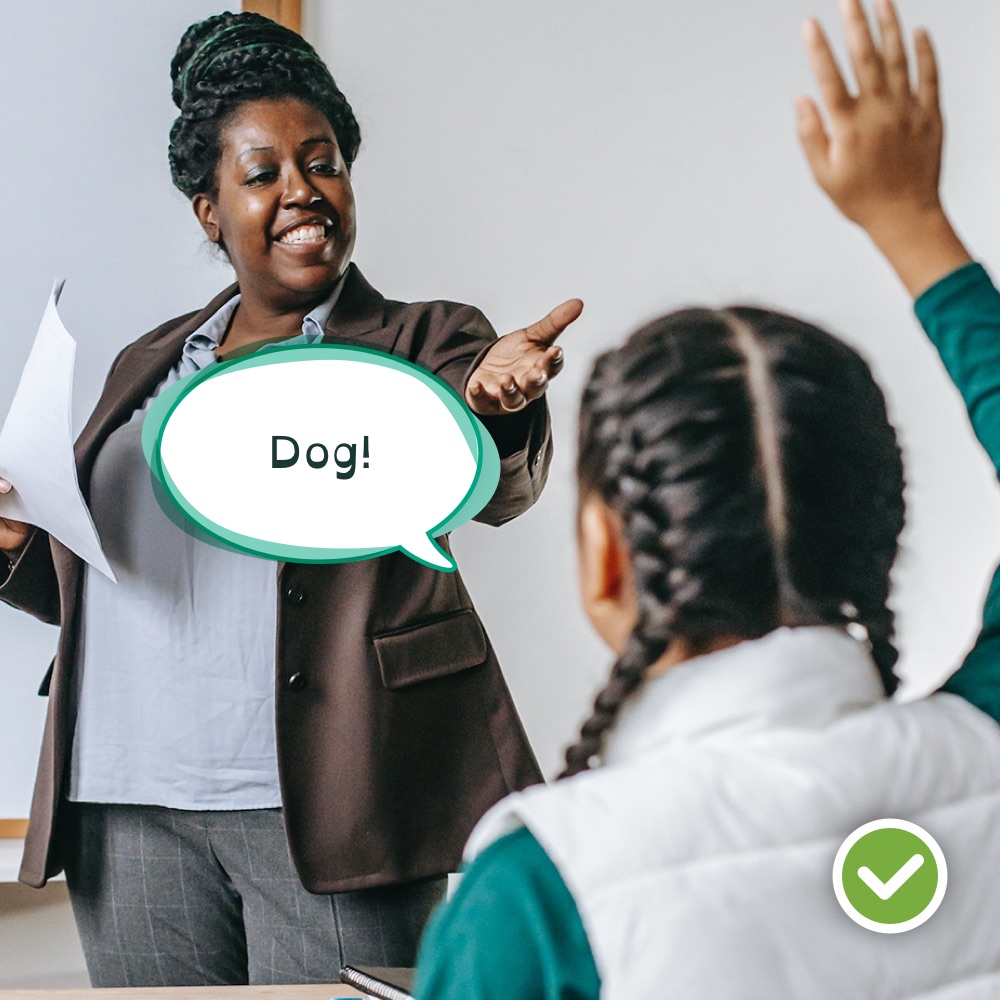
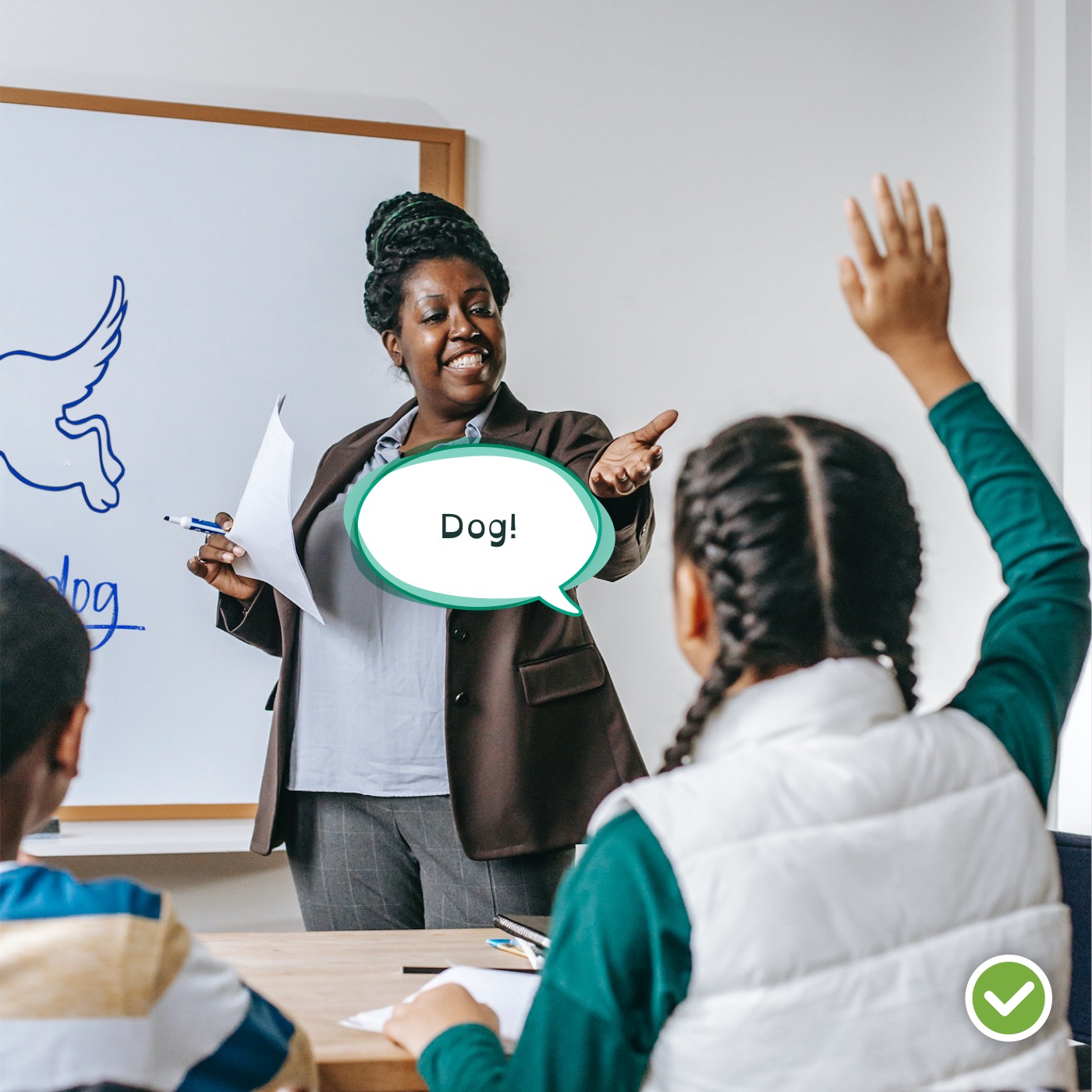
Decode Project was founded because Black, brown, and kids of low socioeconomic backgrounds often don’t have access to structured literacy. For this reason, we offer free and sliding scale one-on-one and small group structured literacy instruction in the heart of Louisville's West End Community.
My eleven year old just grabbed a chapter book and started reading. She’s never done that before!” 5th grade parent




















